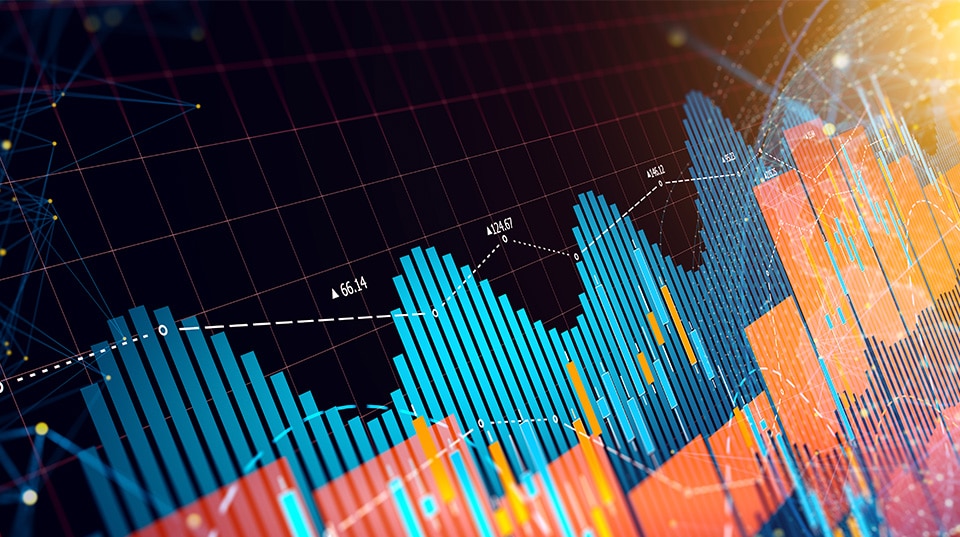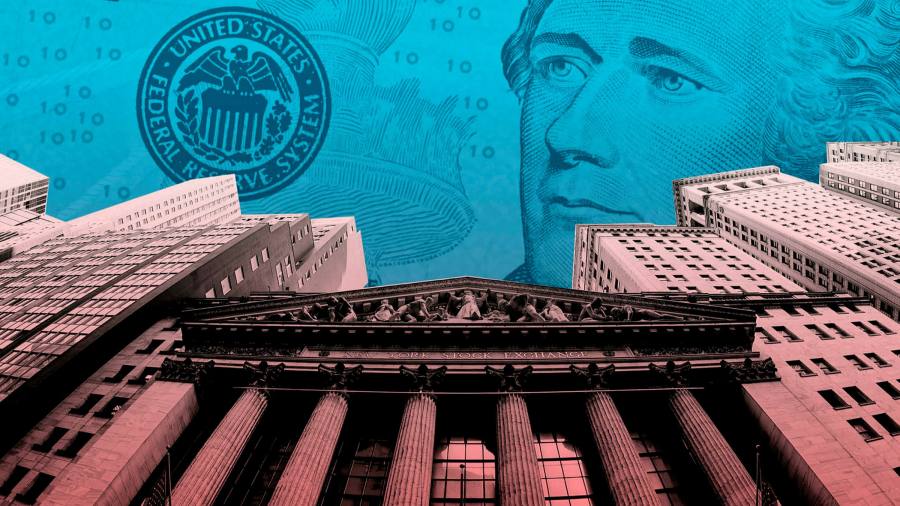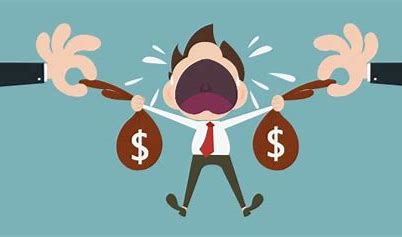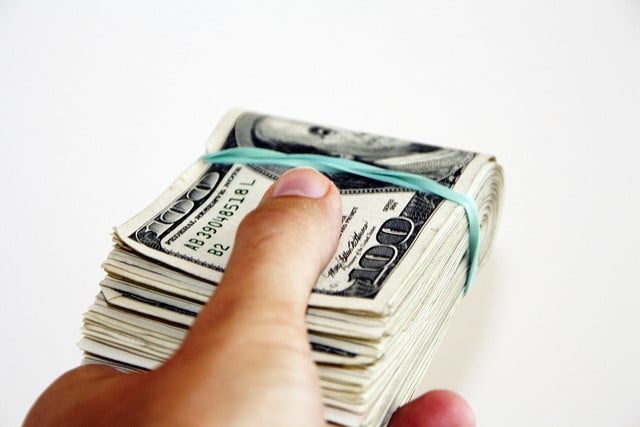Why we choose to look at the inflection point of bond yields from the inventory cycle?

Before answering the above question, you must know about the inventory cycle. It is called a short-term "anchor" of economic fluctuation.
Generally, they should be divided into three categories: economic fundamentals, policy factors, and capital factors. Economic fundamentals determine the long-term interest rate trend, policies determine the medium-term interest rate trend, policy factors determine the short-term interest rate trend, and capital factors are the most fundamental factors. With the fluctuation of fundamentals, the Central Bank will make corresponding monetary policy adjustments so that the funds will fluctuate. Essential factors are the most difficult to grasp. It is practical to use the Inventory cycle driven by inventory investment to judge the stage of the economy, which helps evaluate the interest rate trend and inflection point in 2023.
Inventory changes mainly drive the Fund cycle. At different stages of the economic process, enterprises will adjust their inventory according to changes in demand, resulting in periodic changes in stock. Generally, a complete inventory cycle will last 3-4 years.
We take the finished goods inventory growth rate as the index to divide the inventory cycle of our country. If the growth rate of finished goods inventory increases, the period will be defined as being in the replenishment stage. Otherwise, it will be defined as the destocking stage. For the convenience of division, we take valley-peak-valley as a complete cycle. It has experienced five inventory cycles since 2002. The average duration of an inventory cycle is 41 months, about 3-4 years. The average time of the replenishment phase is 24 months, and the average duration of the destocking phase is 17 months.

Combined with the growth rate of total profits of industrial enterprises, inventory cycle stages can be further divided. A complete inventory cycle includes four stages: First, the Active replenishment stage: corresponds to the economic prosperity period, enterprises forecast external solid demand and proactively increase inventory in response to the increased sale. In other words, both inventory and profit increase. Second, the Passive inventory replenishment stage: corresponding to the economic downturn, the external demand is sluggish, and the enterprise fails to respond in time. The inventory is passively increased due to the decline in sales volume. That is to say, the merchandise will be improved, and the profit will be decreased.
Moreover, active destocking stage: corresponding to the economic depression, the enterprise predicts that the external demand will be sluggish and actively reduces inventory. Expect to achieve a decline in stock and profit. Last, the passive destock stage: corresponds to the economic recovery period, the external demand is strong, and the production lags.The stock is decreased, and the profit is increased.
In the past five cycles, the four stages were six months, 18 months, five months, and 12 months. Most of the time, the economy was on the "uphill" and "downhill" roads. Prosperity and depression were just a flash.

(Writer:Wanny)





